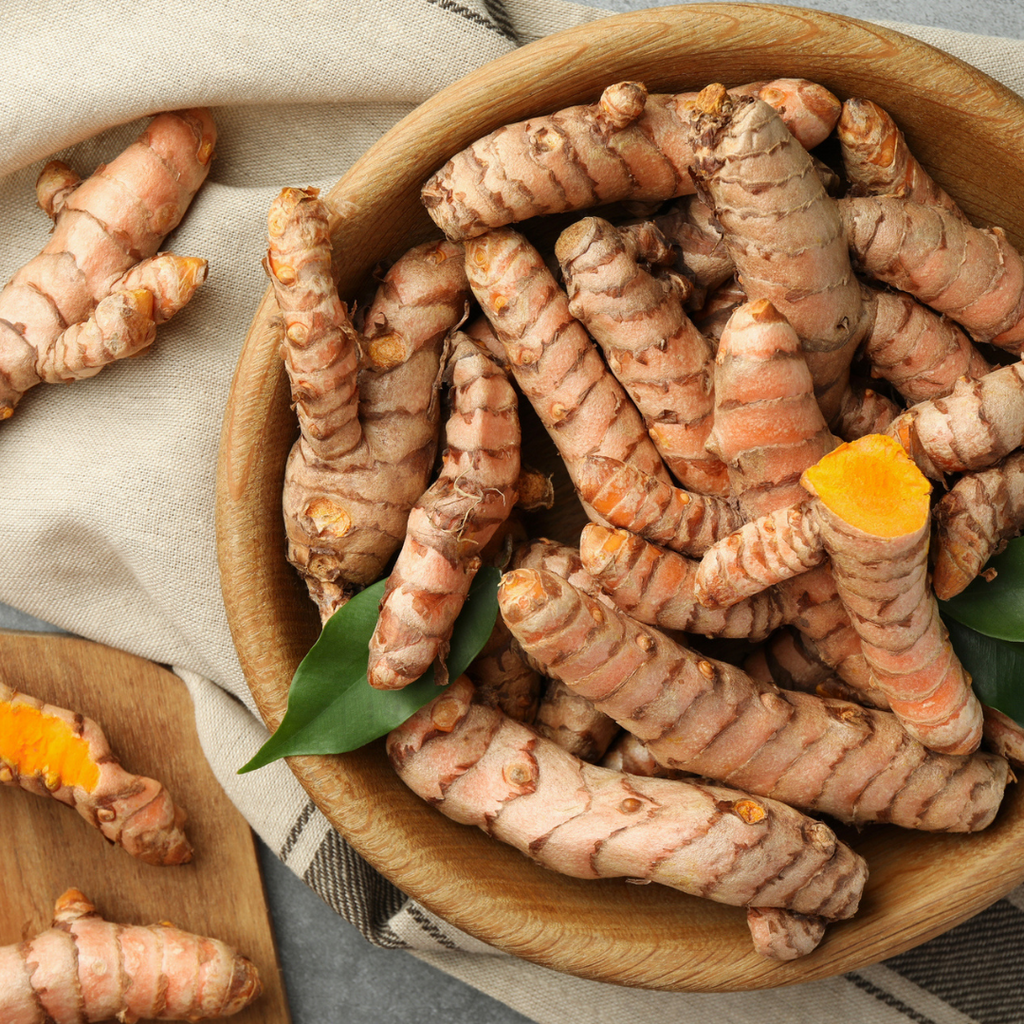Starting a healthy lifestyle, part 1
Many want to adopt a healthy lifestyle but don’t know where to start. In this three-part series, we introduce the six basic foundations of health, how they are interconnected and how small tweaks in the areas requiring attention can provide the biggest benefit. In this first article, we introduce each area and provide some food for thought to help you to determine which areas may be most in need. Articles 2 and 3 will expand upon these areas providing more practical tools for self-improvement.

DIET
Often when people hear the word diet, they think about restriction, calories and green smoothies. It can also be quite an emotive word for some. Throughout this series, the word diet refers only to the food and drink we consume. It is certainly the case that the incidental and accidental exposures we face daily – essentially, everything which our bodies absorb and process – all have some effect (vitamin D from the sun – positive; traffic fumes, chemicals in many toiletries, processed foods – negative); some of these can be mitigated to some degree by, for example, choosing organic and unprocessed foods or body products with fewer/no add-ons.
The nutrients found within the diet can be broken down into the following categories:
Macronutrients
Carbohydrates, proteins and fats
Micronutrients
Vitamins and minerals
Antioxidants
Substances that delay or prevent oxidation in the body (some vitamins and minerals are also considered antioxidants) (1)
Polyphenols
Compounds found in plants that can have biological effects on the body
The above categories can then form many subcategories. For instance, fat can encompass either health-promoting omega-3 long-chain fatty acids, as found in oily fish, or saturated and trans fats which are known to be more detrimental to health, often found in processed red meat. Also, fibre is a type of carbohydrate which isn’t broken down in the gut, but rather adds bulk to stools and provides a food source to the microbial populations in the lower bowel – promoting systemwide health. (2)
When it comes to diet, there are no clear universal rights or wrongs, however, some foods are more nutrient-dense, and contain more health-promoting ingredients than others. Conversely, some foods can be considered nutrient-poor and may promote inflammation in the body if eaten regularly.
As well as the food itself, the way that we source, store and prepare ingredients can also have implications for health. For example, fresh organic produce often offers higher antioxidant values, storing seeds, nuts and their oils in the fridge minimises antioxidant loss and chopping, cooking and chewing cruciferous vegetables can all affect their nutrient density. (3,4,5)
Before initiating any dietary changes, it might be a good idea to firstly consider your current diet – perhaps by keeping a food diary. Ask yourself how much fresh produce you eat daily. How could you increase your intake? How could you introduce more variety into your diet? How much fluid do you drink daily? Do you regularly experience any particular food cravings, perhaps at certain points of the day? Honestly reflecting on your eating habits may help you to see where simple improvements can be made.
Once you have identified areas for improvement, we suggest implementing any changes one plate or one snack at a time. This way, each meal can become a new opportunity to support and improve future health.
Weight Management
Many people associate being healthy with a healthy weight and often the two are discussed interchangeably; body mass index (BMI), however, is merely an indicator of health. Instead, the way you feel and the symptoms you present should be a key determinant for areas in which to improve and change. For example, inflammation and stress have a bidirectional relationship with weight management difficulties and these often present their own set of symptoms, such as mood disorders, aches, pains and fatigue. (6,7,8)
Where weight is carried in the body can determine health status. Often, a fatty middle or apple shape can indicate poor blood sugar regulation or increased exposure to industrial chemicals found in the environment that can dysregulate fat balance (often referred to as obesogens). (9) Conversely, carrying extra weight on the hips and thighs (pear shape) is linked to a reduced health risk. (10,11)
Simply counting calories is not a recommended approach, as some calories contain little or no nutrient value – often referred to as empty calories, whereas other high-calorie foods, such as fresh nuts, offer an array of beneficial nutrients. It is often the case that those who are overweight are also undernourished and here’s where it’s more important to identify the nutrient density of food than the calorie content. Furthermore, the nutrients in the food we eat contribute to energy production in the body – improving our ability to efficiently expend the calories we consume. (12)

Activity
Keeping active is vital to health. Not only can it support weight management, but it can also improve many other areas of health, including energy production and metabolism, mood, sleep quality, antioxidant status and cardiovascular, bone and muscle health. (13,14,15,16) Exercise can also have far-reaching positive effects on cognitive function, memory, focus and attention, and may delay neurodegeneration. (16,17) Keeping active doesn’t have to mean going to the gym every day or pounding the pavements every morning. It can mean taking the stairs at work, walking to pick the children up from school or doing some push-ups against your kitchen counter whilst preparing dinner. Movement or activity that raises the heart rate can provide a great outlet for stress, reduce future health risk and perhaps even increase lifespan. (13,14)
While exercise can be a great tool to support weight management, the greatest power exercise provides lies in how it makes you feel. If you exercise simply to affect weight, you might find yourself fighting an uphill battle. However, if you exercise to feel stronger, clearer and happier, you might find that you get all of that and more…
What activities bring you most joy? How could you incorporate them more into your daily life? Is there an activity you used to enjoy but haven’t done for a while? Have realistic expectations when it comes to keeping active; try to find activities that are easily incorporated into your daily life and enjoy discovering new things.
Lifestyle
Once the decision has been made to look at ways to improve one’s health, it’s common to place a great deal of emphasis on diet, weight management and exercise, whilst overlooking the possible impact of personal relationships, jobs and long-term habits. Just as with smoking, drinking and exposure to environmental pollution which are perhaps more obviously detrimental, a lack of real social connection, time spent in nature, deep and restful sleep, purpose and a poor work-life balance can also increase disease risk and may make it harder to see the effects of improvements made in other areas. (18,19,20,21,22) Often our daily lives consist of many routines and deeply ingrained habits that may seem impossible to change.
While we can’t all quit our jobs and cut ties with difficult family members, we can stop and evaluate the effects of our existing lifestyle on our health and begin shifting towards more healthful choices. What healthy changes can you make to your daily life?

STRESS
Stress is not always emotional, it can be physical too. For instance, if we suddenly plunge into an ice-cold bath or if we breathe in airborne pollutants during cleaning or decorating, this too can create a stress response in the body. (23,24,25) Both physical and emotional stress can create a demand on the body’s energy reserves. When stressed, glucose is pushed into the blood so that we are mobilised and ready for action – primed for fight or flight. (25) Then our immune system steps in to mop up all the free radicals after the stressor has passed. (26) Those who are stressed need more supportive nutrients to help bring the body back into balance. Chronic stress, which persists over a longer period, may present symptoms such as poor skin, hair & nail health, migraines or digestive discomfort because resources are frequently being diverted away from everyday physiological functions. (27)
We all have different perceptions of what it is to be stressed. While some can give a presentation to thousands of people without breaking a sweat, others may experience anxiety hearing something concerning on the news. Therefore, it’s important to recognise your response to stress so that you know when additional support may be required. Consider some stressful events that have occurred for you recently; what was the cause of the stress? Do you regularly experience the same stressors? How could you manage this going forward?
HEALTH
To sum up this first article, when considering starting your journey to a healthier lifestyle, don’t forget to factor in existing health conditions, past experiences, medications and genetic predispositions.
This is where it is important to consider health as individualised: what works for one doesn't necessarily work for another due to these personal variables. It can be difficult to provide general support for these areas but some things to consider are:
1. Genes (and past health problems) don’t necessarily have to indicate future health outcomes. The environment in which genes interact plays a big part of a predisposition, so positively changing your environment may have beneficial effects.
2. Medications can sometimes interfere with nutrient status, perhaps depleting nutrient stores. Similarly, some medications can have negative interactions with certain foods, supplements and herbs. We always recommend seeking the support of your healthcare practitioner before embarking on a new diet. Being aware of depleting nutrient stores and working with a practitioner to correct this may also have a greater benefit for you than taking general steps to support your health.
Consider what it means to you to be 'well' and the unexplained symptoms that you regularly experience - perhaps low energy or poor immunity. Consider how regularly you experience unexplained symptoms and perhaps rate their severity on a scale of 1 to 10. This will give something to compare against when considering which changes have had the most positive effect on your health.
The following two articles will deep-dive into the topics discussed above and provide simple yet effective ways in which you can begin following a healthier lifestyle this year.
References
1. Young, I.S. (2001) “Antioxidants in health and disease,” Journal of Clinical Pathology, 54(3), pp. 176–186. Available at: https://doi.org/10.1136/jcp.54.3.176.
2. Simpson, H.L. and Campbell, B.J. (2015) “Review article: Dietary fibre-microbiota interactions,” Alimentary Pharmacology & Therapeutics, 42(2), pp. 158–179. Available at: https://doi.org/10.1111/apt.13248.
3. Barański, M. et al. (2014) “Higher antioxidant and lower cadmium concentrations and lower incidence of pesticide residues in organically grown crops: A systematic literature review and meta-analyses,” British Journal of Nutrition, 112(5), pp. 794–811. Available at: https://doi.org/10.1017/s0007114514001366.
4. Shahidi, F. and John, J.A. (2010) “Oxidation and protection of nuts and Nut Oils,” Oxidation in Foods and Beverages and Antioxidant Applications, pp. 274–305. Available at: https://doi.org/10.1533/9780857090331.2.274.
5. Connolly, E.L. et al. (2021) “Glucosinolates from cruciferous vegetables and their potential role in chronic disease: Investigating the preclinical and clinical evidence,” Frontiers in Pharmacology, 12. Available at: https://doi.org/10.3389/fphar.2021.767975.
6. Kiecolt-Glaser, J.K. (2010) “Stress, food, and inflammation: Psychoneuroimmunology and nutrition at The Cutting Edge,” Psychosomatic Medicine, 72(4), pp. 365–369. Available at: https://doi.org/10.1097/psy.0b013e3181dbf489.
7. Louati, K. and Berenbaum, F. (2015) “Fatigue in chronic inflammation - a link to pain pathways,” Arthritis Research & Therapy, 17(1). Available at: https://doi.org/10.1186/s13075-015-0784-1.
8. Rohleder, N. (2019) “Stress and inflammation – the need to address the gap in the transition between acute and chronic stress effects,” Psychoneuroendocrinology, 105, pp. 164–171. Available at: https://doi.org/10.1016/j.psyneuen.2019.02.021.
9. Shahnazaryan, U. et al. (2019) “Role of obesogens in the pathogenesis of obesity,” Medicina, 55(9), p. 515. Available at: https://doi.org/10.3390/medicina55090515.
10. Hammarstedt, A., Graham, T.E. and Kahn, B.B. (2012) “Adipose tissue dysregulation and reduced insulin sensitivity in non-obese individuals with enlarged abdominal adipose cells,” Diabetology & Metabolic Syndrome, 4(1). Available at: https://doi.org/10.1186/1758-5996-4-42.
11. Fu, J., Hofker, M. and Wijmenga, C. (2015) “Apple or pear: Size and shape matter,” Cell Metabolism, 21(4), pp. 507–508. Available at: https://doi.org/10.1016/j.cmet.2015.03.016.
12. Tardy, A.-L. et al. (2020) “Vitamins and minerals for energy, fatigue and cognition: A narrative review of the biochemical and clinical evidence,” Nutrients, 12(1), p. 228. Available at: https://doi.org/10.3390/nu12010228.
13. Thompson, W.R. et al. (2020) “Exercise is medicine,” American Journal of Lifestyle Medicine, 14(5), pp. 511–523. Available at: https://doi.org/10.1177/1559827620912192.
14. Ruegsegger, G.N. and Booth, F.W. (2017) “Health benefits of exercise,” Cold Spring Harbor Perspectives in Medicine, 8(7). Available at: https://doi.org/10.1101/cshperspect.a029694.
15. Mason, S.A. et al. (2020) “Antioxidant supplements and endurance exercise: Current evidence and mechanistic insights,” Redox Biology, 35, p. 101471. Available at: https://doi.org/10.1016/j.redox.2020.101471.
16. Driver, H.S. and Taylor, S.R. (2000) “Exercise and sleep,” Sleep Medicine Reviews, 4(4), pp. 387–402. Available at: https://doi.org/10.1053/smrv.2000.0110.
17. van Praag, H. (2009) “Exercise and the brain: Something to chew on,” Trends in Neurosciences, 32(5), pp. 283–290. Available at: https://doi.org/10.1016/j.tins.2008.12.007.
18. Holt-Lunstad, J. (2022) “Social Connection as a public health issue: The evidence and a systemic framework for prioritizing the ‘social’ in Social Determinants of Health,” Annual Review of Public Health, 43(1), pp. 193–213. Available at: https://doi.org/10.1146/annurev-publhealth-052020-110732.
19. White, M.P. et al. (2019) “Spending at least 120 minutes a week in nature is associated with good health and Wellbeing,” Scientific Reports, 9(1). Available at: https://doi.org/10.1038/s41598-019-44097-3.
20. Hale, L., Troxel, W. and Buysse, D.J. (2020) “Sleep health: An opportunity for public health to address health equity,” Annual Review of Public Health, 41(1), pp. 81–99. Available at: https://doi.org/10.1146/annurev-publhealth-040119-094412.
21. Hill, P.L., Edmonds, G.W. and Hampson, S.E. (2017) “A purposeful lifestyle is a healthful lifestyle: Linking sense of purpose to self-rated health through multiple health behaviors,” Journal of Health Psychology, 24(10), pp. 1392–1400. Available at: https://doi.org/10.1177/1359105317708251.
22. Mensah, A. and Adjei, N.K. (2020) “Work-life balance and self-reported health among working adults in Europe: A gender and welfare state regime comparative analysis,” BMC Public Health, 20(1). Available at: https://doi.org/10.1186/s12889-020-09139-w.
23. Kagias, K., Nehammer, C. and Pocock, R. (2012) “Neuronal responses to physiological stress,” Frontiers in Genetics, 3. Available at: https://doi.org/10.3389/fgene.2012.00222.
24. Gordon, C.J. (2003) “Role of environmental stress in the physiological response to chemical toxicants,” Environmental Research, 92(1), pp. 1–7. Available at: https://doi.org/10.1016/s0013-9351(02)00008-7.
25. Chu B, Marwaha K, Sanvictores T, et al. Physiology, Stress Reaction. [Updated 2022 Sep 12]. In: StatPearls [Internet]. Treasure Island (FL): StatPearls Publishing; 2022 Jan-. Available from: https://www.ncbi.nlm.nih.gov/books/NBK541120/
26. Dhabhar, F.S. (2014) “Effects of stress on immune function: The good, the bad, and the beautiful,” Immunologic Research, 58(2-3), pp. 193–210. Available at: https://doi.org/10.1007/s12026-014-8517-0.
27. Gonzalez, M.J. and Miranda-Massari, J.R. (2014) “Diet and stress,” Psychiatric Clinics of North America, 37(4), pp. 579–589. Available at: https://doi.org/10.1016/j.psc.2014.08.004.
we're listening
The first in this series of articles can help you to determine which areas of health may be most in need before taking those crucial first steps toward achieving your goals. If you require more support, feel free to contact our approachable team of nutrition professionals who will be more than happy to support you further or point you in the right direction.



